In the concrete jungle of our urban landscapes, nature finds a way to adapt and thrive in the most unexpected places. One such remarkable story unfolded high above the bustling streets, where a red-tailed hawk decided to make its home on the ledge of a towering skyscraper. This unlikely nesting choice captured the imagination of city dwellers and wildlife enthusiasts alike, becoming a powerful symbol of wildlife resilience in our increasingly urbanized world. The hawk’s journey from selecting this precarious perch to raising its young among the steel and glass structures demonstrates the fascinating ways in which wildlife adapts to human environments, and the unexpected connections that can form between urban residents and their wild neighbors.
The Unexpected Urban Nester
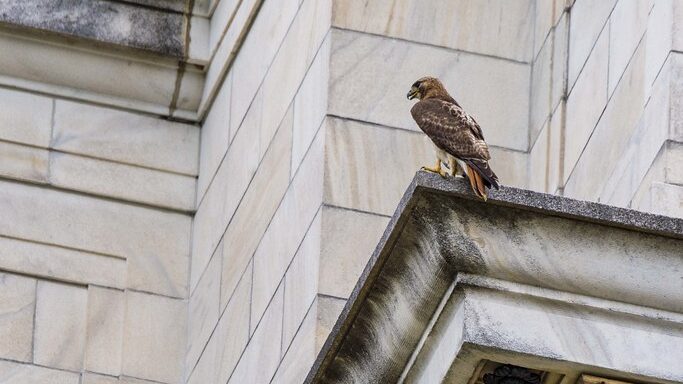
Red-tailed hawks (Buteo jamaicensis) typically build their nests in tall trees or on cliff ledges in their natural habitats, seeking elevation for protection and hunting advantage. However, as urban development has transformed landscapes across North America, these adaptable raptors have begun to recognize skyscrapers as artificial cliffs that provide similar benefits. The particular hawk in this story selected a ledge on the 40th floor of a downtown office building, approximately 500 feet above street level. This location offered protection from ground predators, minimal human disturbance, and an excellent vantage point for hunting pigeons, rats, and other urban prey that populate the city below. Wildlife biologists note that such adaptations demonstrate the remarkable behavioral plasticity of certain species that enables them to thrive alongside human development rather than retreat from it.
A City Captivated

When office workers first spotted sticks and debris accumulating on the building’s ledge, few suspected they were witnessing the construction of a raptor’s nest. As the hawk’s presence became known, word spread quickly throughout the building and beyond, captivating the imagination of the city’s residents. Local news outlets soon picked up the story, installing webcams that streamed live footage of the nest to audiences worldwide. Social media accounts dedicated to the hawk garnered thousands of followers within days, creating a virtual community of urban wildlife enthusiasts. The building’s management, initially concerned about potential issues, consulted with wildlife experts and decided to embrace their unexpected tenant, even adjusting window-washing schedules and maintenance work to avoid disturbing the nest during the breeding season.
Adapting to Skyscraper Life
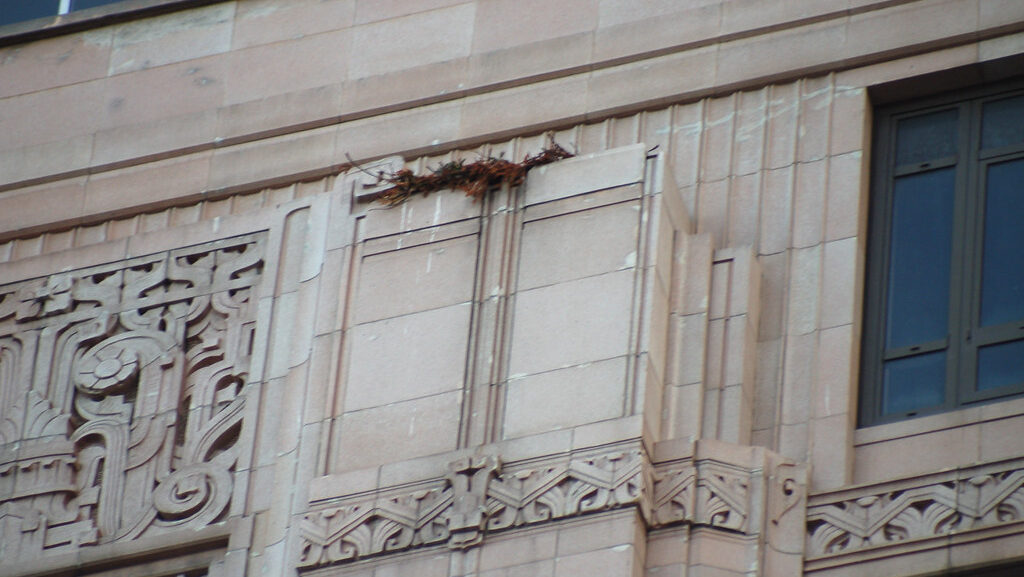
The hawk’s adaptation to skyscraper life revealed fascinating behavioral modifications not typically seen in rural populations. The bird incorporated unusual materials into its nest construction, including plastic bags, pieces of wire, and even discarded face masks—urban equivalents of the natural materials hawks would typically gather. Wildlife biologists observed that the nest was built more securely than those in trees, with additional anchoring to withstand the stronger winds present at such heights. The hawk also adjusted its hunting patterns to urban rhythms, becoming more active during early mornings and evenings when human activity was reduced. Perhaps most remarkably, the bird demonstrated a higher tolerance for human presence than its rural counterparts, seemingly understanding that the office workers behind the glass posed no immediate threat to its safety.
The Arrival of Eggs
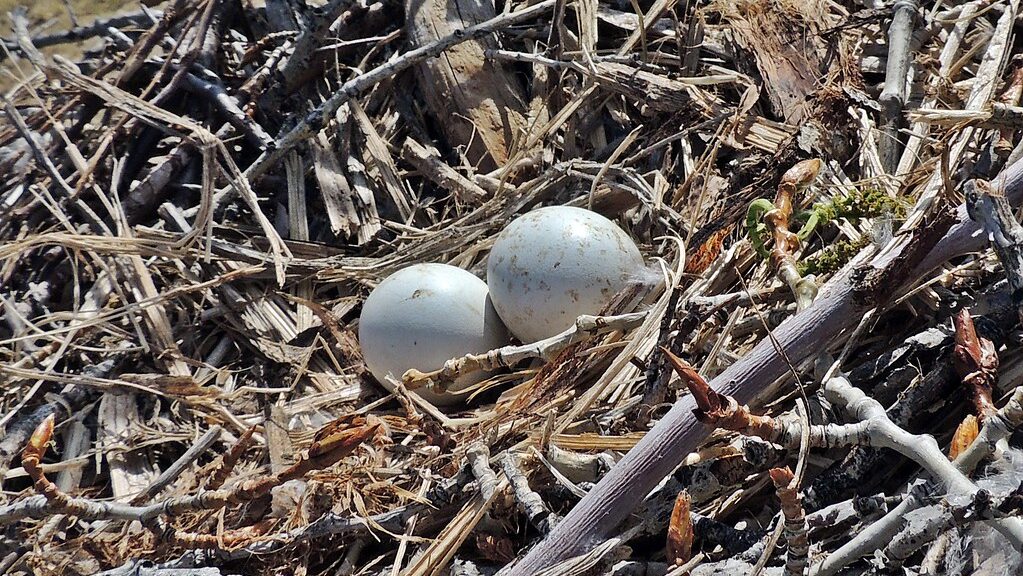
Approximately three weeks after completing the nest, the female hawk laid three speckled eggs, sending waves of excitement through her growing fanbase. Ornithologists confirmed that this clutch size was typical for red-tailed hawks, suggesting that urban living hadn’t negatively impacted the bird’s reproductive capacity. The female demonstrated textbook incubation behavior, rarely leaving the eggs unattended and relying on her mate to deliver food during the 28-32 day incubation period. Building occupants reported seeing the male hawk delivering prey items including pigeons, starlings, and rats—all abundant in the urban ecosystem. This regular food delivery service highlighted the surprising ecological role these predators play in urban environments, naturally controlling populations of species often considered urban pests.
Hatching Day Drama

The first egg hatched on a crisp spring morning, with thousands of viewers tuned in to the webcam to witness the tiny, wet chick emerge from its shell after hours of determined effort. The remaining two eggs hatched over the following two days, revealing three healthy hawk chicks that immediately began demanding food with surprising vigor. Wildlife experts monitoring the situation noted that all three chicks appeared to be of healthy weight and demonstrated normal behavior, contradicting concerns that urban pollutants might negatively impact their development. The successful hatching represented a significant milestone not just for the hawk family but for urban wildlife conservation efforts, demonstrating that with minimal accommodation, wild species can successfully reproduce in the heart of our busiest cities.
Growing Up in the Concrete Canyon
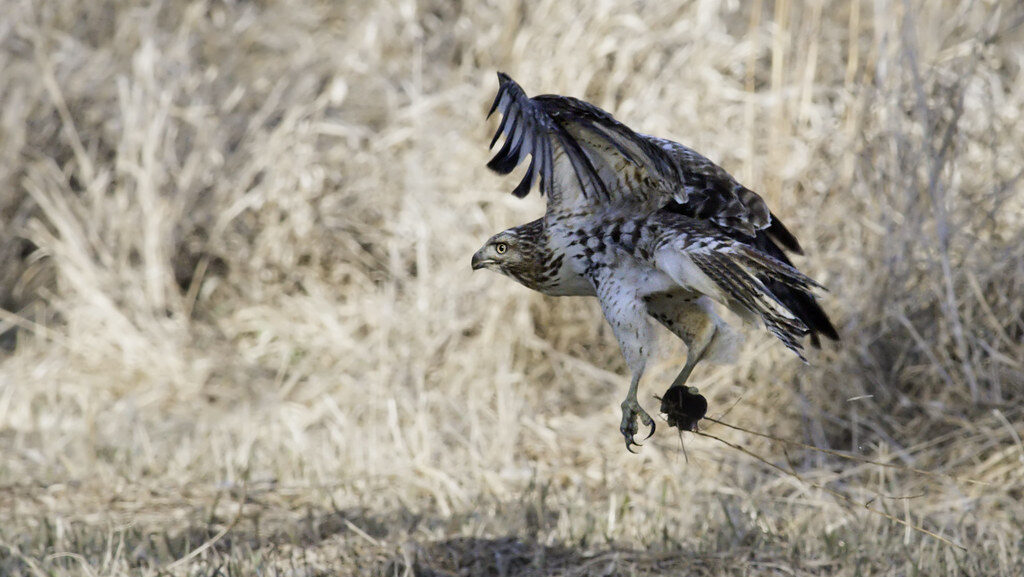
The young hawks’ development proceeded remarkably quickly, their bodies transforming from helpless, down-covered hatchlings to formidable predators in just weeks. Building employees and online viewers watched in fascination as the parent hawks delivered an estimated 5-10 prey items daily to satisfy their growing offspring’s voracious appetites. Wildlife biologists conducting intermittent observations noted that the chicks were developing normal flight muscles despite the unusual setting, exercising their wings vigorously in preparation for their first flights. By six weeks of age, the juvenile hawks had reached nearly adult size and had lost most of their downy feathers, replacing them with the distinctive plumage that would eventually include the species’ namesake red tail. Their development timeline matched that of rural hawks, suggesting that the urban environment provided adequate resources for healthy growth.
The Fledging Challenge
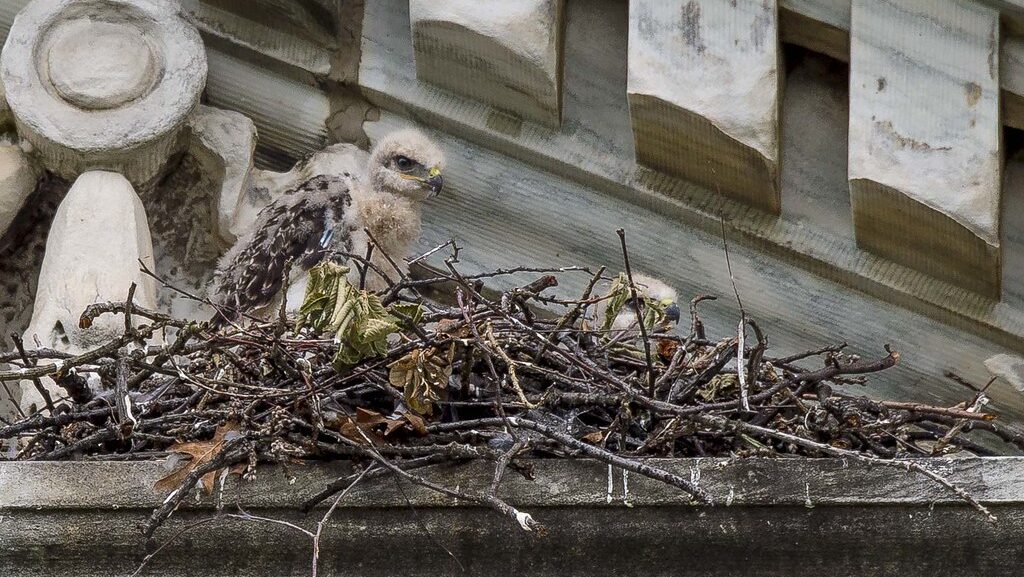
The most dangerous period in a young hawk’s life arrived when the juveniles reached fledging age at approximately 45 days old. In natural settings, young hawks might make their first flights from tree to tree, with abundant branches providing landing opportunities as they develop their flight skills. The skyscraper environment presented a far more perilous scenario, with few intermediate landing spots between the nest and the ground hundreds of feet below. Wildlife conservation officers, anticipating potential issues, coordinated with building management to monitor the juveniles’ first flights and prepared rescue protocols if needed. The building’s security staff received training on how to safely handle and transport injured raptors, and local wildlife rehabilitation centers were put on alert for possible admissions during this critical period.
First Flights and Urban Dangers
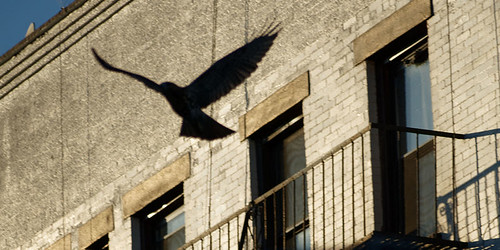
The oldest chick made its inaugural flight on a relatively calm morning, launching from the ledge and executing a wobbly but successful circuit around the building before landing on the roof of an adjacent structure. The remaining juveniles followed suit over the next two days, with all three successfully navigating their first flights without intervention. Wildlife experts noted that the young hawks instinctively avoided the most dangerous urban hazards, such as reflective glass windows that cause millions of bird deaths annually. However, one juvenile experienced a close call when it landed on a busy street, requiring temporary traffic control until it gathered the strength to fly to a safer location. This incident highlighted the unique challenges facing urban raptors, which must navigate hazards not present in their evolutionary history, including vehicle traffic, power lines, and rodenticide poisoning.
A Scientific Opportunity
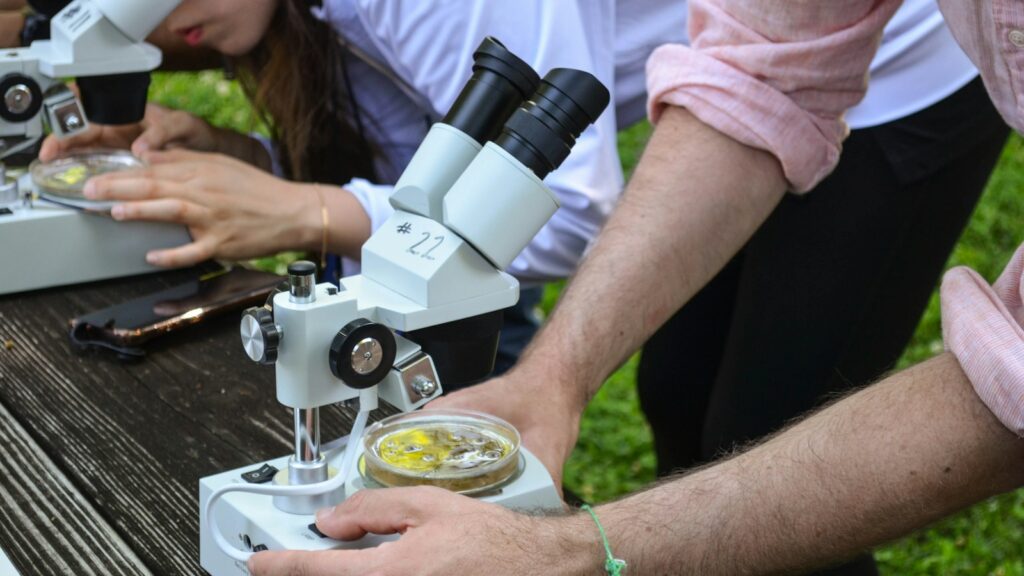
The hawk family’s high-profile urban nesting presented a valuable opportunity for scientific research that might otherwise be difficult to conduct. With the building owner’s permission, ornithologists installed additional monitoring equipment to collect data on feeding frequencies, prey selection, and family interactions. Biological samples from prey remains allowed researchers to analyze urban food web dynamics and test for bioaccumulation of environmental contaminants. Graduate students conducted behavioral studies comparing the urban hawks’ parenting strategies with those of rural populations, noting several adaptations specific to the urban environment. Perhaps most valuably, the abundant video footage provided an unprecedented detailed record of red-tailed hawk development from egg to independence, becoming a resource for raptor biologists worldwide who could access data without disturbing wild nests.
Community Conservation Efforts
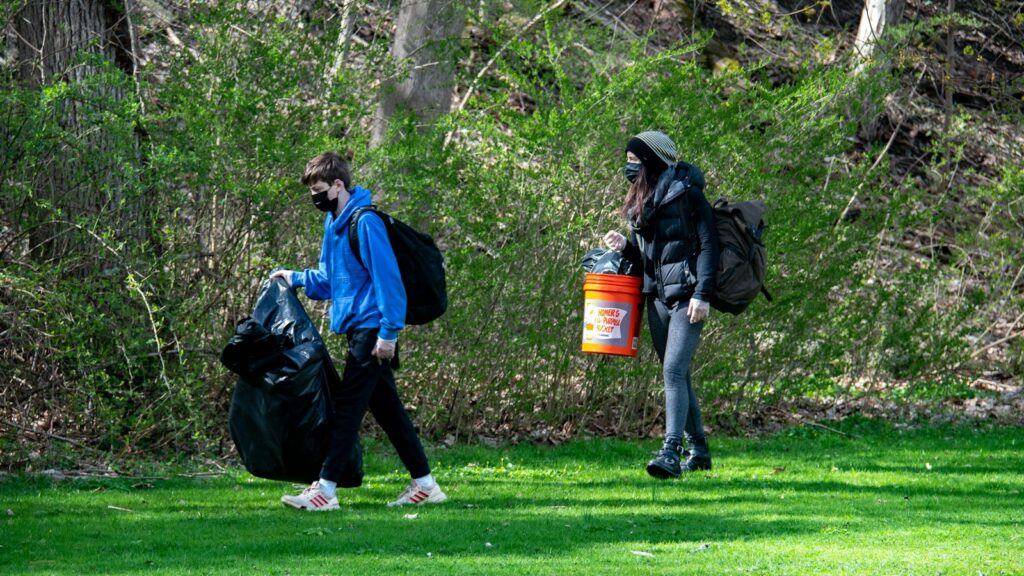
The hawks’ presence catalyzed unexpected conservation initiatives within the urban community that had become so invested in their story. Local schools developed educational programs focused on urban wildlife adaptation, using the hawk family as a living case study in ecological resilience. The building’s corporate tenants, seeing the positive public relations generated by their wild neighbors, funded a broader urban wildlife monitoring program across the city. Inspired by the hawks’ ability to thrive alongside humans, neighborhood groups organized cleanup efforts targeting litter that could harm wildlife and established initiatives to reduce rodenticide use in favor of raptor-friendly pest control methods. Conservation organizations reported significant increases in donations and volunteer applications, demonstrating how a single wild family could transform community attitudes toward urban biodiversity.
Return to the Nest
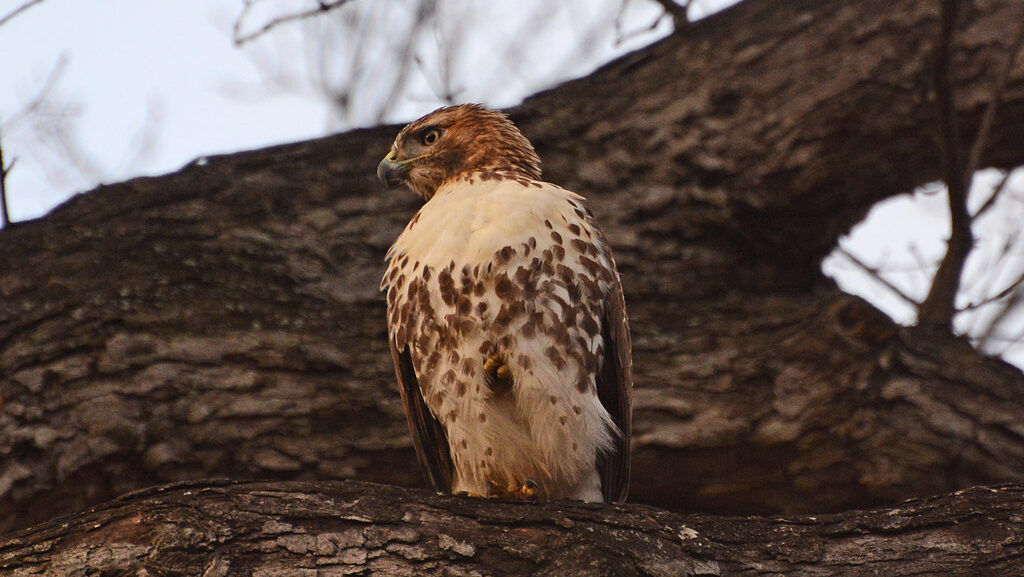
As summer transitioned to fall, the juvenile hawks gradually spent less time near their birthplace, establishing hunting territories throughout the city as they developed independence. Building employees reported occasional sightings of the distinctive juveniles, recognizable by subtle plumage differences documented during their development. The parent hawks remained in the vicinity of the nest, using it as a feeding platform and night roost even after the breeding season concluded. Wildlife experts predicted a high probability that the hawk pair would return to the same nest site the following spring, as red-tailed hawks typically reuse successful nest locations when undisturbed. The building management, having witnessed the positive impact of their unusual tenants, established permanent protocols to protect the nest site and accommodate future breeding seasons, including designated observation areas for employees and scheduled maintenance windows that wouldn’t interfere with nesting activity.
Legacy and Lessons Learned
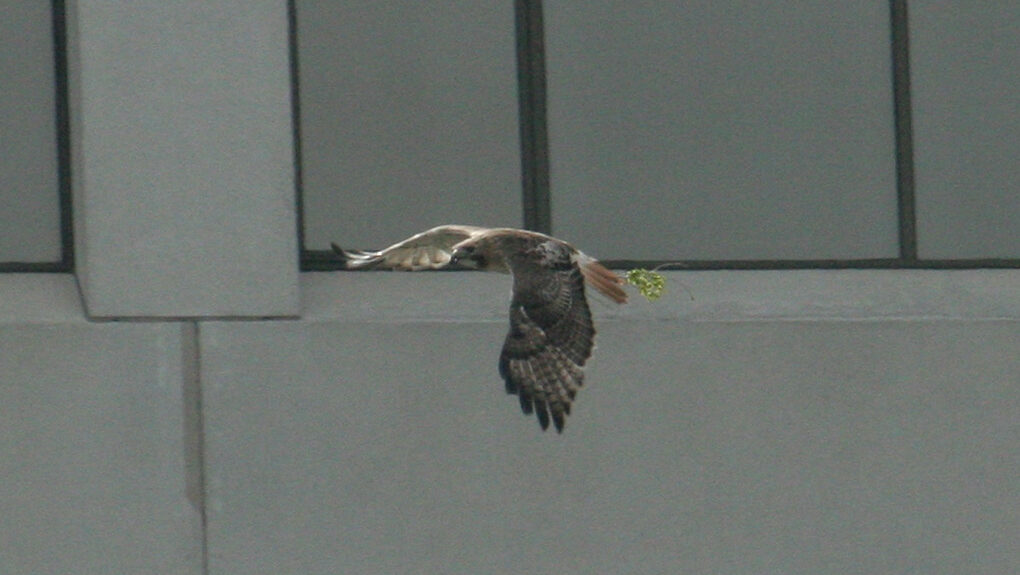
The skyscraper hawks left a lasting legacy that extended far beyond their immediate impact on the building and its occupants. Urban wildlife researchers documented a significant increase in reported hawk nesting sites throughout the metropolitan area in subsequent years, suggesting that successful high-profile cases may encourage raptors to utilize similar urban locations. Architects and urban planners began incorporating “wildlife-friendly” design elements into new construction projects, including appropriate ledges and nesting platforms on buildings where raptor presence might be beneficial. The case became required reading in urban ecology courses, exemplifying the concept of “reconciliation ecology” where human-dominated landscapes are modified to support biodiversity. Perhaps most significantly, the hawks challenged fundamental assumptions about where wildlife belongs in our increasingly urbanized world, demonstrating that with minimal accommodation, wild creatures can thrive alongside us even in our most developed environments.
Conclusion

This remarkable story of hawks nesting on a skyscraper represents more than just an unusual wildlife anecdote—it embodies our changing relationship with the natural world in the Anthropocene era. As humans continue to transform landscapes worldwide, certain adaptable species find ways to integrate into our constructed environments, sometimes in spectacular fashion. The success of these urban hawks reminds us that the line between human and wild spaces is more permeable than we often assume, and that with thoughtful coexistence strategies, our cities can become not just places where nature occasionally intrudes, but functioning ecosystems supporting diverse wildlife. The thousands of people who followed this hawk family’s journey experienced a profound connection to wildlife that many urban dwellers rarely encounter, proving that conservation engagement doesn’t necessarily require traveling to distant wilderness—sometimes, it’s just a matter of looking up.
